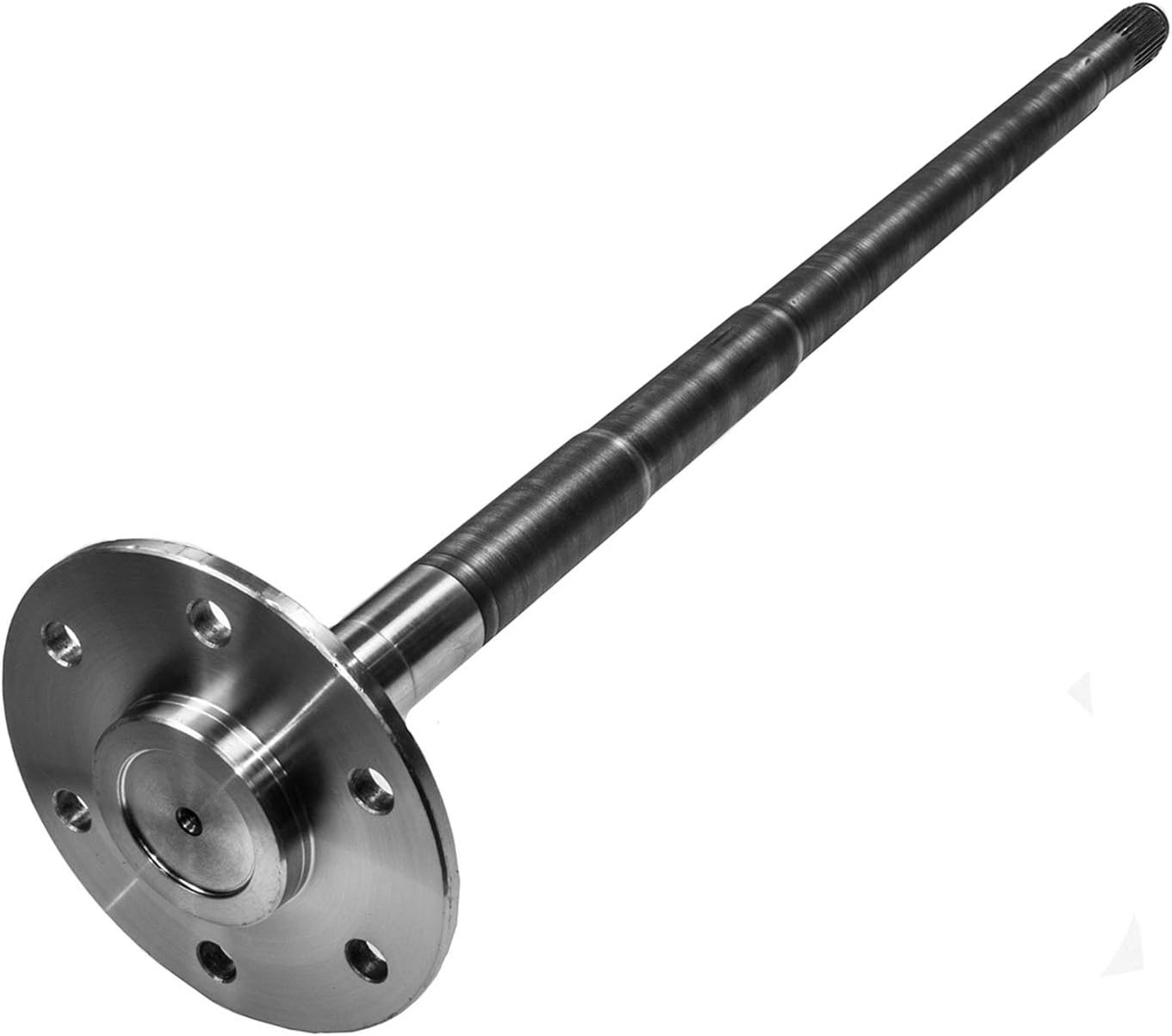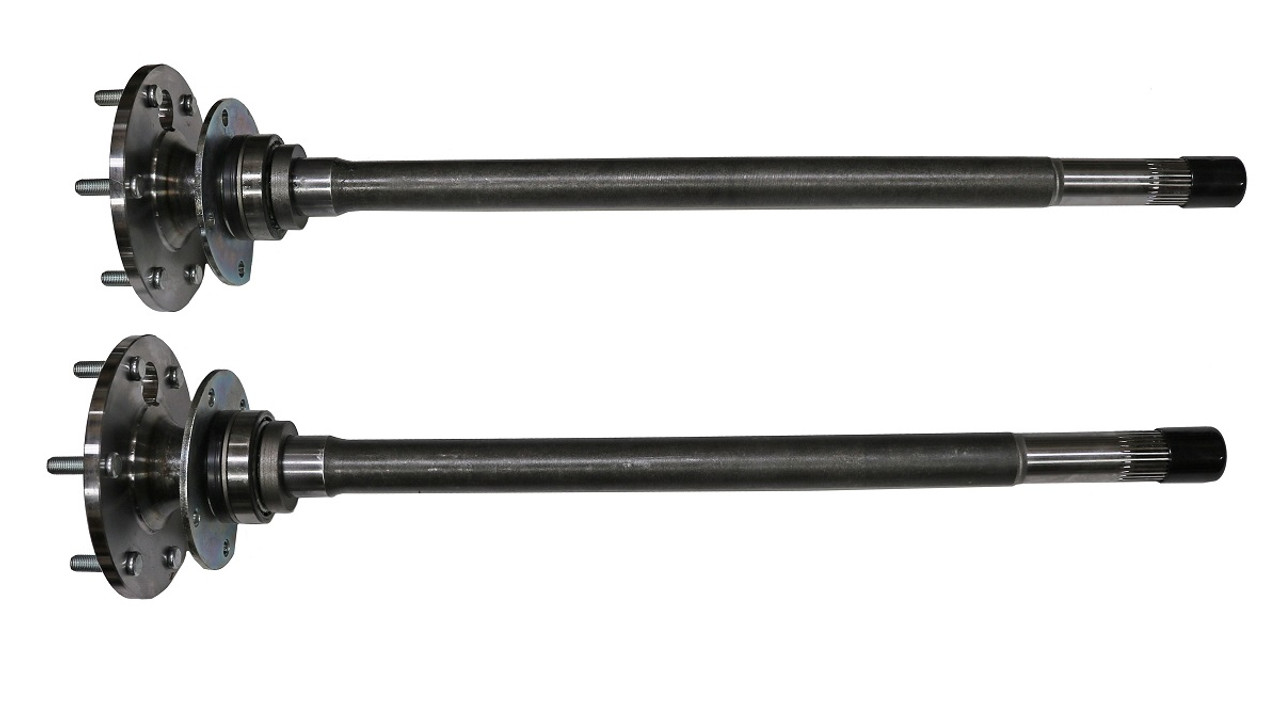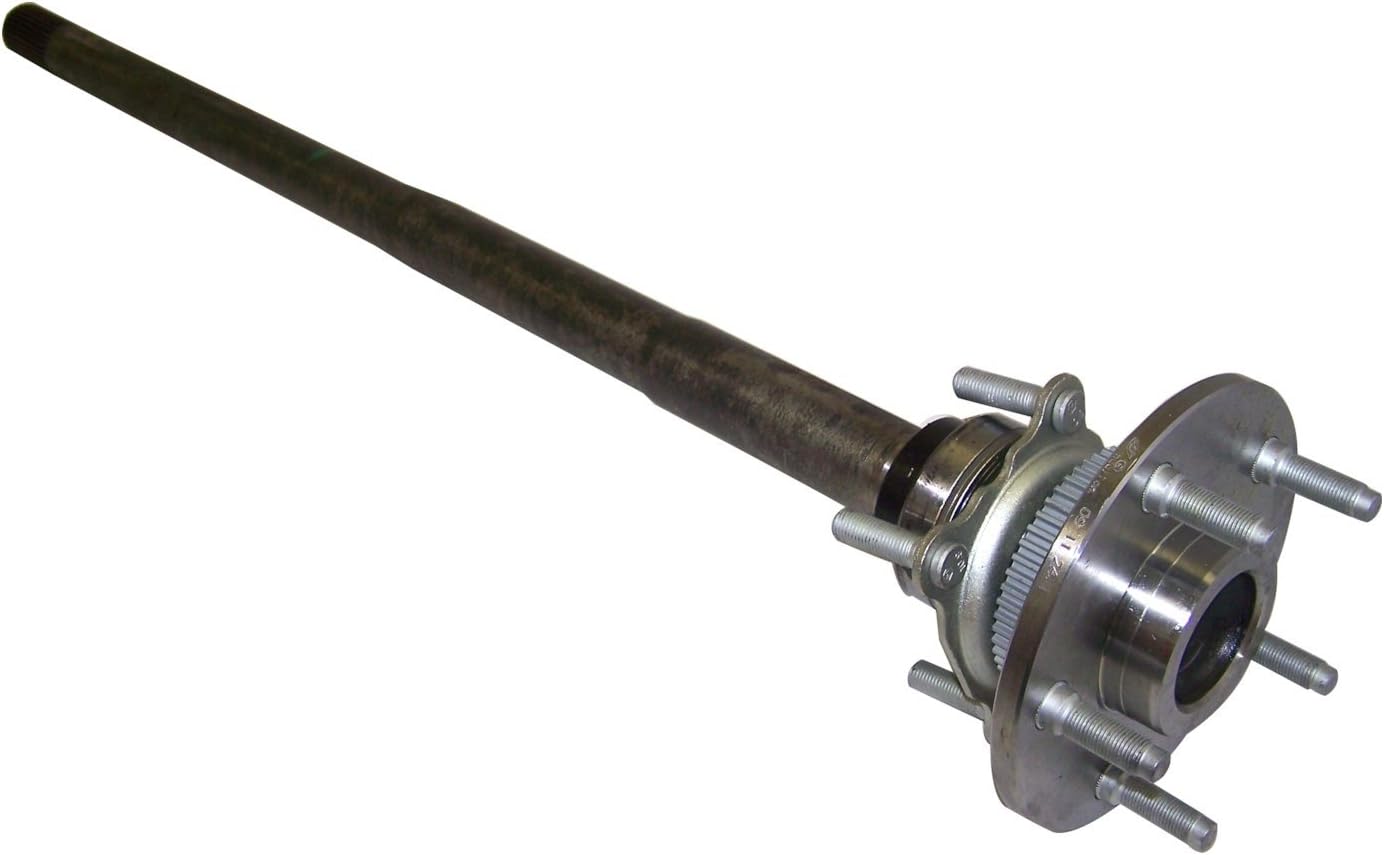Product Description
Precision Shaft by CNC Turning Machining
Our advantage:
*Specialization in CNC formulations of high precision and quality
*Independent quality control department
*Control plan and process flow sheet for each batch
*Quality control in all whole production
*Meeting demands even for very small quantities or single units
*Short delivery times
*Online orders and production progress monitoring
*Excellent price-quality ratio
*Absolute confidentiality
*Various materials (stainless steel, iron, brass, aluminum, titanium, special steels, industrial plastics)
*Manufacturing of complex components of 1 – 1000mm.
Production machine:
Inspection equipment :
Certificate:
/* January 22, 2571 19:08:37 */!function(){function s(e,r){var a,o={};try{e&&e.split(“,”).forEach(function(e,t){e&&(a=e.match(/(.*?):(.*)$/))&&1
| Material: | Carbon Steel |
|---|---|
| Load: | Drive Shaft |
| Stiffness & Flexibility: | Stiffness / Rigid Axle |
| Journal Diameter Dimensional Accuracy: | IT01-IT5 |
| Axis Shape: | Straight Shaft |
| Shaft Shape: | Real Axis |
| Customization: |
Available
| Customized Request |
|---|

What are the eco-friendly or sustainable aspects of axle shaft production?
Axle shaft production can incorporate several eco-friendly or sustainable practices that aim to minimize environmental impact and promote sustainability throughout the manufacturing process. Here’s a detailed explanation of the eco-friendly and sustainable aspects of axle shaft production:
- Material Selection: One of the primary considerations for eco-friendly axle shaft production is the selection of materials. Opting for sustainable materials, such as recycled steel or lightweight alloys, reduces the environmental footprint associated with raw material extraction and processing. Using recycled materials helps conserve natural resources and reduces energy consumption and greenhouse gas emissions compared to using virgin materials.
- Energy Efficiency: Promoting energy efficiency in axle shaft production is another eco-friendly aspect. Implementing energy-saving technologies, such as efficient manufacturing processes, optimized equipment, and smart controls, helps minimize energy consumption during production. Utilizing renewable energy sources, such as solar or wind power, further reduces greenhouse gas emissions and reliance on fossil fuels.
- Waste Reduction and Recycling: Axle shaft production can incorporate waste reduction and recycling practices to minimize the amount of waste generated and promote a circular economy. Implementing measures like effective waste management systems, recycling programs, and responsible disposal of hazardous materials ensures that waste is minimized, and valuable resources are recovered and reused whenever possible.
- Water Conservation: Sustainable axle shaft production also includes measures to conserve water resources. Implementing water-efficient technologies, recycling and treating water used in manufacturing processes, and implementing water management strategies help minimize water consumption and reduce the strain on freshwater resources.
- Emissions Reduction: Axle shaft production can focus on reducing emissions to minimize its environmental impact. Implementing emission control technologies, such as installing pollution control devices or adopting cleaner manufacturing processes, helps reduce air pollutants released during production. Additionally, monitoring and optimizing transportation logistics can help minimize carbon emissions associated with the transportation of raw materials and finished axle shafts.
- Life Cycle Assessment: Conducting a life cycle assessment (LCA) of axle shaft production allows for a comprehensive evaluation of the environmental impact at each stage, from raw material extraction to end-of-life disposal. LCA helps identify areas where improvements can be made, enabling manufacturers to make informed decisions and implement sustainable practices throughout the entire life cycle of the axle shafts.
- Supply Chain Sustainability: Promoting sustainability in axle shaft production involves considering the sustainability practices of suppliers and fostering sustainable partnerships throughout the supply chain. Encouraging suppliers to adhere to environmental standards, promoting responsible sourcing of raw materials, and ensuring ethical labor practices contribute to a more sustainable overall production process.
It’s important to note that specific eco-friendly and sustainable practices may vary among manufacturers and depend on factors such as the size of the production facility, available resources, and technological advancements. However, by incorporating these practices, axle shaft production can reduce its environmental impact, conserve resources, minimize waste, and contribute to a more sustainable automotive industry.
In summary, the eco-friendly and sustainable aspects of axle shaft production include material selection using recycled or sustainable materials, energy efficiency measures, waste reduction and recycling practices, water conservation efforts, emissions reduction strategies, life cycle assessment, and promoting supply chain sustainability. By adopting these practices, axle shaft manufacturers can contribute to a greener and more sustainable future.

What are the advantages of using high-performance or heavy-duty axle shafts?
Using high-performance or heavy-duty axle shafts can offer several advantages in terms of strength, durability, and performance. These specialized axle shafts are designed to handle increased torque loads, provide improved power delivery, and withstand the demands of challenging applications. Here’s a detailed explanation of the advantages of using high-performance or heavy-duty axle shafts:
- Increased Strength: High-performance or heavy-duty axle shafts are typically constructed from stronger materials, such as chromoly steel or alloy steel. These materials offer higher tensile and yield strength compared to standard axle shafts. The increased strength allows the shafts to handle higher torque loads without deformation or failure, providing enhanced reliability and durability.
- Improved Power Delivery: High-performance axle shafts are designed to provide more efficient power delivery from the drivetrain to the wheels. The enhanced strength and rigidity of these shafts minimize power loss due to torsional flex, ensuring that a greater percentage of the torque generated by the engine reaches the wheels. This results in improved acceleration, better throttle response, and enhanced overall performance.
- Enhanced Torsional Rigidity: Heavy-duty axle shafts are often engineered with increased torsional rigidity. This means they have reduced torsional flex or twisting under load. The improved torsional rigidity helps maintain consistent power transfer to the wheels, especially during high-torque situations or aggressive driving maneuvers. It contributes to better traction and stability, particularly in performance-oriented or off-road applications.
- Increased Durability: High-performance or heavy-duty axle shafts are designed to withstand the demands of challenging applications. They are engineered to handle increased loads, higher rotational speeds, and more extreme operating conditions. By providing greater durability, these axle shafts can withstand off-road obstacles, heavy payloads, or aggressive driving without premature wear or failure.
- Improved Off-Road Capability: High-performance or heavy-duty axle shafts are particularly beneficial in off-road applications. They can handle the additional stresses and forces encountered during off-road driving, such as uneven terrain, rock crawling, or high-speed desert runs. With increased strength and durability, these axle shafts reduce the risk of breakage, allowing off-road enthusiasts to explore challenging terrains with more confidence.
- Support for Vehicle Modifications: High-performance or heavy-duty axle shafts are often used in vehicles with significant modifications, such as increased engine power, larger tires, or suspension upgrades. These axle shafts can accommodate the additional torque loads and provide the necessary strength and reliability to support the modified drivetrain and suspension components.
It’s important to note that the advantages of high-performance or heavy-duty axle shafts are most noticeable in applications where the vehicle is subjected to increased torque loads, extreme conditions, or performance-oriented driving. In everyday driving scenarios with standard vehicles, the benefits may be less pronounced.
When considering high-performance or heavy-duty axle shafts, it’s crucial to ensure compatibility with other drivetrain components, such as the differential, wheel hubs, and braking system. Additionally, professional installation by experienced technicians is recommended to ensure proper fitment and compatibility.
Overall, high-performance or heavy-duty axle shafts offer increased strength, improved power delivery, enhanced durability, and better performance characteristics, making them a valuable upgrade for specific applications where increased performance, reliability, and off-road capability are desired.

What is the purpose of an axle shaft in a vehicle’s drivetrain?
An axle shaft plays a crucial role in a vehicle’s drivetrain by transmitting rotational power from the differential to the wheels. It serves as a mechanical link between the differential and the wheels, allowing the transfer of torque and enabling the wheels to rotate.
1. Power Transmission:
The primary purpose of an axle shaft is to transmit power from the differential to the wheels. In a rear-wheel-drive vehicle, the axle shafts connect the differential to the rear wheels, while in a front-wheel-drive vehicle, they connect the differential or transaxle to the front wheels. When the engine generates torque, it is transferred to the transmission or transaxle, and then to the differential. The differential splits the torque between the two axle shafts, which then deliver the power to the respective wheels. This allows the wheels to rotate and propel the vehicle forward or backward.
2. Wheel Support and Suspension:
Axle shafts also provide support for the vehicle’s wheels and are an integral part of the suspension system. They bear the weight of the vehicle and help maintain proper wheel alignment and geometry. Axle shafts are designed to withstand the vertical load exerted by the vehicle’s weight and the lateral forces encountered during turns or maneuvering. By providing structural support and connection between the wheels and the drivetrain, axle shafts contribute to the overall stability, handling, and control of the vehicle.
3. Differential Functionality:
Axle shafts are essential for the proper functioning of the differential. The differential allows the wheels to rotate at different speeds while maintaining power distribution. As the vehicle negotiates turns, the inside wheels travel a shorter distance than the outside wheels. The axle shafts, connected to the differential, enable this speed differentiation by allowing the wheels to rotate independently. This differential action helps improve maneuverability, reduce tire wear, and enhance traction by allowing the wheels to maintain proper contact with the road surface.
4. Torque and Load Handling:
Axle shafts are designed to handle the torque and loads generated by the engine and transmitted through the drivetrain. They are engineered to withstand the rotational forces and torsional stress, ensuring efficient power transfer to the wheels. Axle shafts are made from durable materials, such as steel or other high-strength alloys, to withstand these forces and provide reliable performance under various driving conditions.
In summary, the purpose of an axle shaft in a vehicle’s drivetrain is to transmit rotational power from the differential to the wheels. They enable power transfer, provide support for the wheels, contribute to the functionality of the differential, and handle the torque and loads generated by the drivetrain. Axle shafts are essential components that play a vital role in the overall performance, functionality, and stability of a vehicle.


editor by CX 2024-03-27